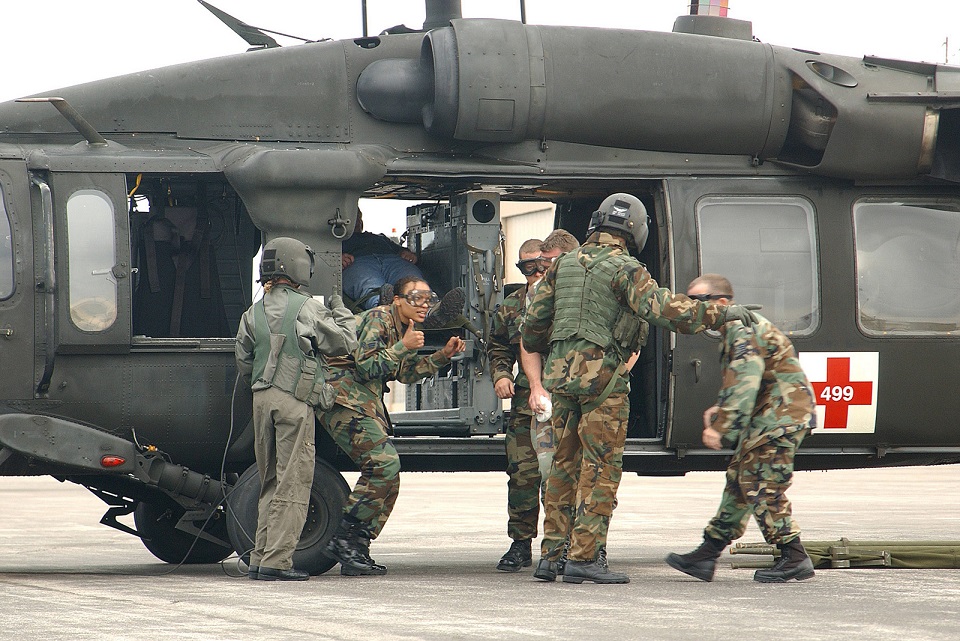
This post is also available in:
 עברית (Hebrew)
עברית (Hebrew)
Air mobility in the urban airspace has a lot in common with search and rescue missions, as proved by an exercise conducted in the US.
A US Air Force innovation program has conducted its first exercise to assess a medical evacuation technology. AFWERX Agility Prime and new partner Kitty Hawk reached a milestone with their first operational exercise, designed to test the ability to do medical evacuation, personnel recovery, and logistics with Kitty Hawk’s Heaviside electric vertical takeoff and landing, or eVTOL, aircraft.
The multi-disciplinary team gathered a rich catalogue of data to inform dual-use utility at the prototype stage. Besides assessing different loading scenarios, the team also observed demonstrations of remotely piloted and fully autonomous flights with Heaviside.
Designed to be fast, small, quiet and green, the aircraft flies at up to 180 mph with a potential range of 100 miles plus reserves on a single charge.
Among its advantages, the aircraft takes off and lands in a 30×30 foot space, reaches sound levels of 38 dBA at 1,000 feet, is 100x quieter than a helicopter and requires less than half the energy per mile of a conventional electric car, according to militaryspot.com.
“This collaborative commercial/DoD use-case exploration revealed common attributes that serve both urban air mobility and search and rescue operations: High-reliability, responsive launch & recovery, minimal logistical footprint, accessibility for mobility-challenged, low acoustic signature, and high levels of autonomy,” Col. Don Haley, who leads a team in developing training syllabi for these new electric aircraft, noted,

























